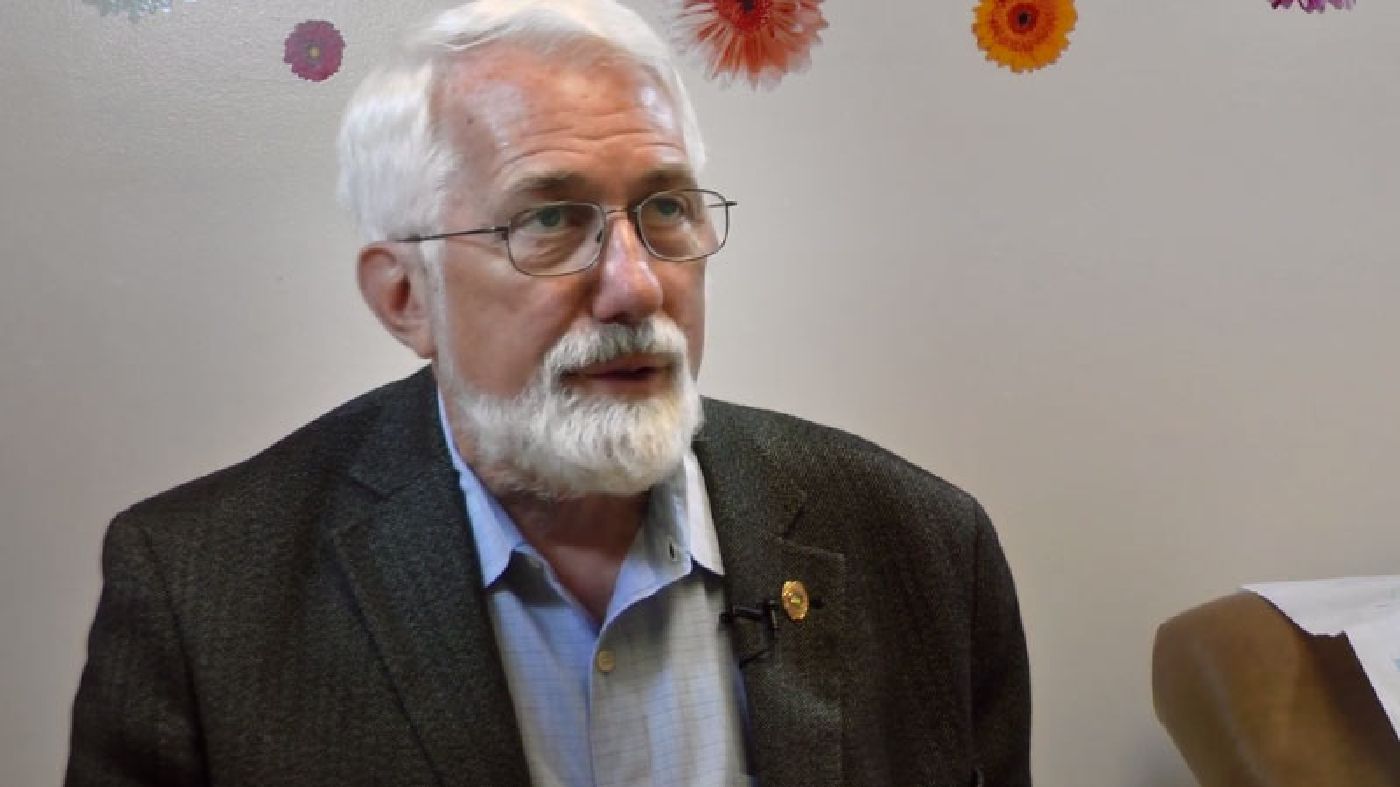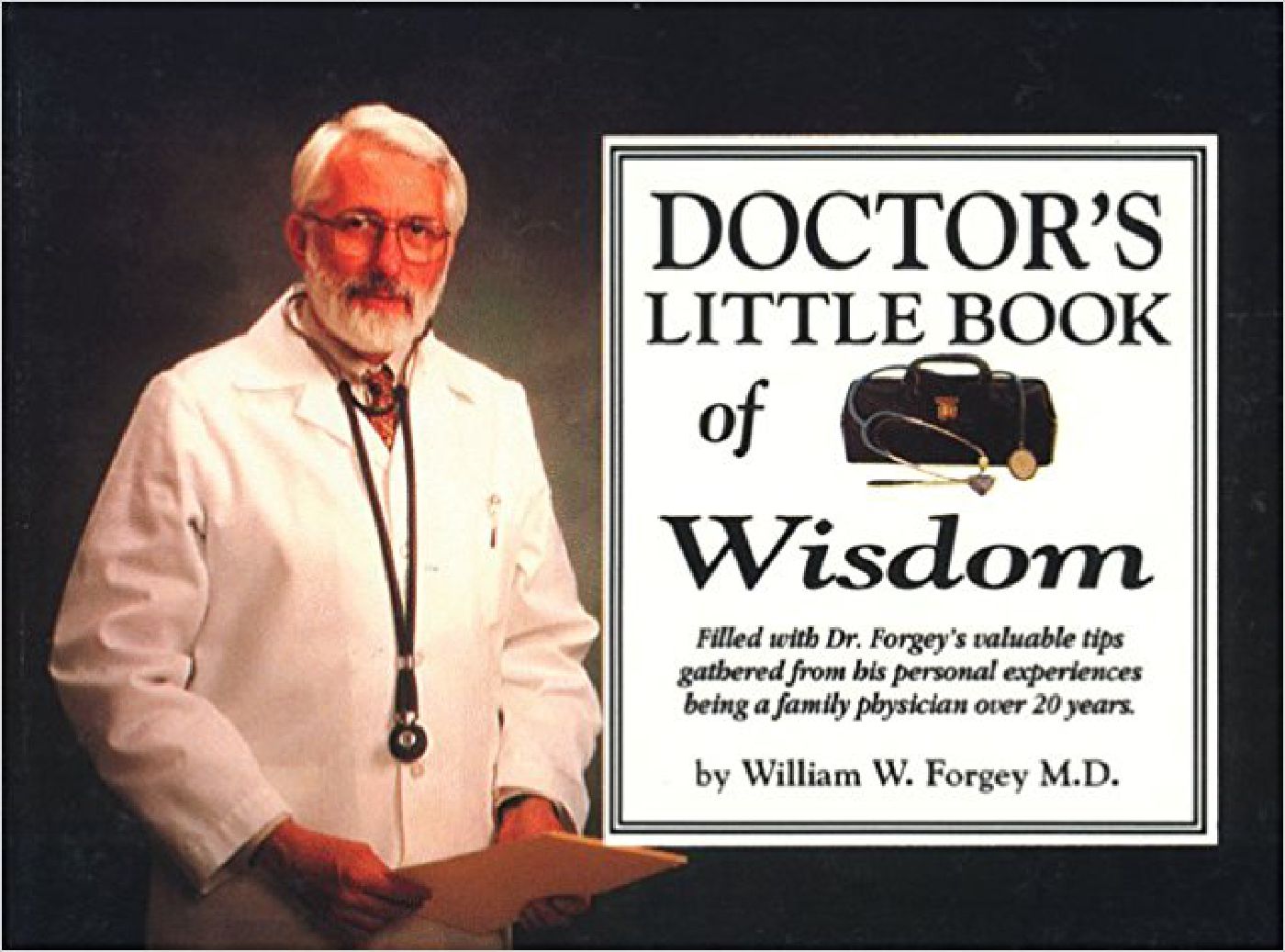Legends: The Birth of Wilderness Medicine
By Philip Lieberman, ENS, MC, USNR, MS3
His name is Doctor William Forgey. To those who know him well, he is simply, “Doc.” Some have even gone as far as to call him “The Father of Wilderness medicine.” He is a humble man whose spirit has been captured by the wild. Named one of America’s 20 greatest living explorers by the Explorer’s club in New York City in 2004, Dr. Forgey is a man most at home in the backcountry.

With a passion for exploration and a spirit as wild as the nature that attracts him, Dr. Forgey feels drawn to the outdoors. “We came from the wilderness; there is a genetic connection to the wilderness inside of us,” says Forgey.
Forgey has spent many nights out in the Canadian wild where he built a log cabin, isolated from the world. “I remember a time when we were out there during a minus 35 degree day and the wind was over 65 miles-per-hour, ripping the snow off the glacier just adjacent to us,” stated Forgey. “I was out there with two young men [Doc’s students] and we were going out from the cabin to camp. I then thought to myself, ‘Why am I even doing this? Am I trying to prove something?’”
Then, according to Forgey, one of the students – dressed up in his parka with only a small tunnel to peer out of – “pushed his face into mine and yelled over the wind, ‘isn’t this great!’ I remembered why it is I do all of this. It’s bloody great!”
In 1975, Dr. Forgey graduated from medical school at Indiana University Medical School with an MD and a passion to make a difference. As a former Captain in the U.S. Army and an extensive history of time spent in the austere environments, he was known as a wilderness aficionado and his expertise was highly sought after.
“I would lecture on many topics concerning the wilderness, but as soon as I entered medical school people started asking me about what to do out there medically,” said Forgey. Forgey started educating non-medical professionals about what to do in the backcountry, which is what prompted him to produce his first book of many, Wilderness Medicine.
“I used to make handouts about all the different wilderness medicine topics that I would lecture on,” said Forgey. “One day my friend just told me to compose them all into a book.”
Forgey wrote Wilderness Medicine in 1979, four years after he graduated from medical school, and it was on the tide of a revolution. The book was written to provide knowledge about medical emergencies to the non-medical backcountry explorer. Doctor Forgey’s book set the groundwork for the average person isolated with limited resources out in the wilderness to be able to diagnose and treat medical emergencies. Prior books written about wilderness medicine had been developed with a much more aggressive approach towards treatment rather than on simple first aid techniques. As he learned more about diagnosing and treating in the backcountry he would add new chapters to the book, growing its repertoire of medical information.

“Back then there were [few] first responders. These ideas were novel. I would give lectures on wilderness medicine and people would be so stuffed into the lecture hall that they would be pouring out into the aisles.” Forgey’s book is nearly in its seventh edition 35 years later.
As Forgey’s knowledge of wilderness medicine spread to the masses, interest picked up among individuals within the medical field. Doctors, nurses, EMT’s, and other healthcare professionals were drawn to the thrill of practicing amidst the untamed wild. People began to specialize in backcountry pre-hospital care and it changed the face of wilderness medicine. Wilderness first responders were born, popping up at ski resorts, national parks, and anywhere else people required rescue and medical care in the backcountry.
“If I were to give a lecture about the same things I used to, the lecture hall would be comparatively empty,” said Forgey. “Wilderness medicine has grown to include many different medical topics, much further beyond what it was when I began.
As the field of wilderness medicine emerged, Forgey continued to play a significant role in its evolutionary process. A former board member and past-president of the Wilderness Medical Society, Forgey edited The Wilderness Medical Society’s Practice Guidelines for Wilderness Emergency Care. The first and second edition of the guidelines educated the reader according to their experience level, outlining different standards for physicians, nurses, PAs, and more. “We did away with all that, eventually focusing on exactly what one needs to do for pre-hospital care no matter what their level of training,” said Forgey.
In addition to establishing standards of care, the guidelines encouraged wilderness medicine research. Thirty years later, the Practice Guidelines published by the Wilderness Medical Society are evidence-based. Because of this, according to Forgey, “Protocols for what to do in the backcountry improved.”
Forgey went on to describe how the field of wilderness medicine has not only grown in sophistication but it has also developed into greater complexity.
“We are no longer doing just pre-hospital care, we are doing post-hospital care as well. It’s become a juggernaut!”
Backcountry care has become so complex and developed that new realms of wilderness medicine are being explored, and healthcare workers from all fields of medicine are needed.
.jpg)
“We are no longer doing just pre-hospital care, we are doing post-hospital care as well. It’s become a juggernaut!”
“My recommendation for any young doctor is that you should first follow your passion as a physician, whatever the field. When it comes to wilderness medicine, we need all of the specialties,” said Forgey, in reference to the ever growing complexity of wilderness medicine. According to Forgey, this has led to an “institutional memory,” leading to grand developments in procedures, protocols, and utilization of resources.
Forgey holds to the belief that leadership is the core of effective wilderness medicine. He has employed this philosophy over the years, participating in organizations that foster leadership within the wilderness explorer, including The Boy scouts of America, International Society of Travel Medicine, and Medical Student Missions. In keeping with Forgey’s philosophy, the Wilderness Medical Society promotes the same type of leadership training in its elective for medical students, founded by Dr. Forgey 15 years ago and hosted annually. Like front-country medicine, 90 percent of success in the backcountry comes from prevention and making good decisions. “Treating people is one thing, but keeping them out of trouble is another,” said Forgey.
Doctor Forgey has invested his life in developing leaders in the field of wilderness medicine. Wilderness medicine remains his passion. He is a teacher, a mentor, an explorer, and, most of all, the doctor any one would want around when injured or ill in the wild.